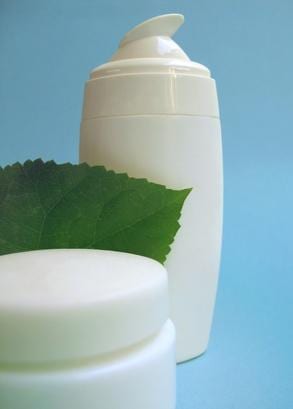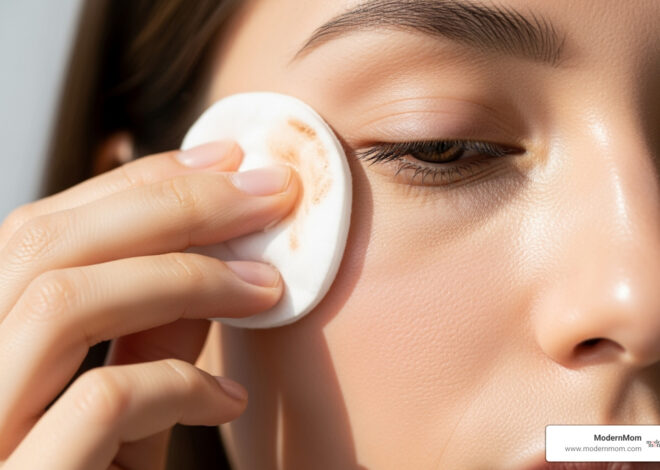Despite the fact they are meant to moisturize, protect and maintain your skin, skin-care products occasionally contain ingredients that can have harmful and toxic effects on your body over time. If you are concerned about toxic ingredients in skin care, always scan the list of ingredients before purchasing a product. You can try switching to natural or organic products, but keep in mind that some natural skin-care products also have potentially toxic ingredients.
Diazolidinyl Urea
Some lotions, eye creams and foundations contain diazolidinyl urea, which comes from the urine of animals. The chemical is used in makeups and other products to preserve them and because it has antibacterial properties. Diazolidinyl urea may be cause allergic reactions in some people, such as a rash on the skin or irritation of the lungs, according to the Environmental Working Group. It may also cause cell mutations that lead to cancer and neurological problems. Diazolidinyl urea can also cause formaldehyde to form. Formaldehyde is a particularly toxic chemical that can cause cancer and reproductive problems.
Triethanolamine
In 2004, the National Toxicology Program performed a study on the chemical triethanolamine, which is often found in sunscreens, makeup and moisturizers. The NTP study found that triethanolamine, often abbreviated TEA, led to liver cancer in some mice as well as liver lesions and irritation at the site of application. Exposure to TEA can also cause allergic reactions, including skin and lung irritation, kidney problems and irritation to the eyes. Another issue with TEA is that it can form and release nitrosamines, according to the Environmental Working Group. Nitrosamines are recognized as a potential carcinogen. Both Canada and the European Union have banned nitrosamines from use in cosmetics.
Polyethelyne Glycol
You wouldn’t think that the same ingredient used in oven cleaners would be in your lotion, body wash or eye cream. Polyethelyne glycol, or PEG, can thicken products or act as a degreaser. It can also irritate or damage the skin. The Cosmetic Ingredient Review determined that PEG should not be used in products meant for damaged skin. Another concern with PEGs is that they can potentially release the chemicals 1,4 Dioxane, which is a carcinogen, and ethylene oxide, which is potentially neurotoxic.
Photo Credit
- natural skin care elements image by rgbspace from Fotolia.com





